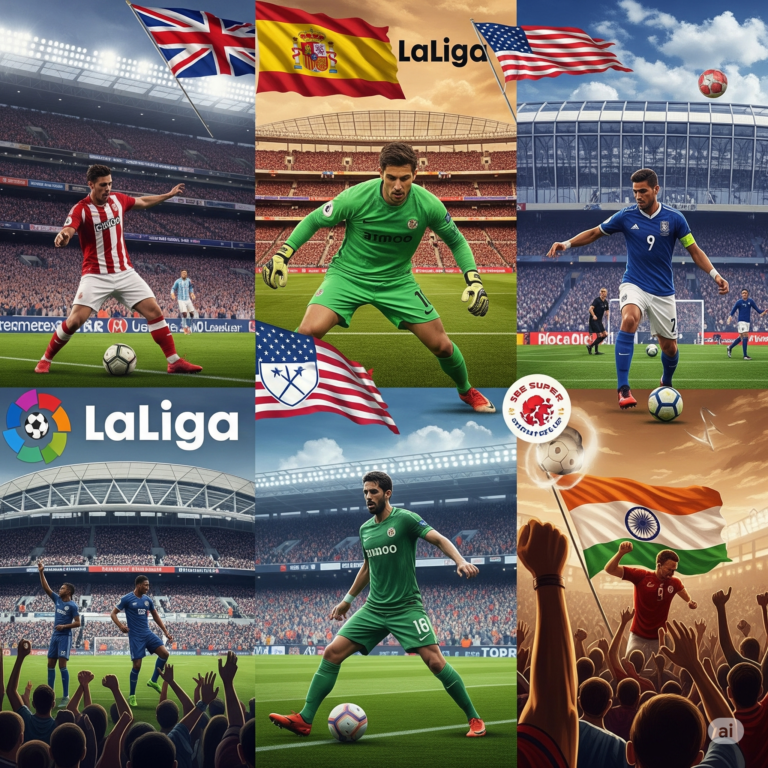Water is essential to life, yet the world is facing a growing crisis around its consumption and availability. According to the United Nations, nearly two-thirds of the global population could face water shortages by 2025. Climate change, rapid urbanization, over-extraction, and inefficient usage have pushed many regions toward water stress. But amidst this looming crisis, artificial intelligence (AI) is emerging as a powerful tool to optimize, monitor, and manage water resources.
This article dives deep into the intersection of AI and water conservation, exploring how cutting-edge technologies are being used to predict demand, detect leaks, automate irrigation, and improve policymaking for a sustainable water future.
The Growing Crisis of Water Consumption
A Global Problem
The world’s freshwater resources are under immense strain:
- 70% of freshwater is used for agriculture
- 20% goes to industry
- Only 10% is used for household consumption
Yet, even this small percentage is often wasted through leaky infrastructure, poor management, and outdated policies.
Key Drivers of the Crisis:
- Climate change leading to erratic rainfall and droughts
- Population growth, putting more pressure on limited resources
- Pollution, making existing sources unusable
- Inefficient agricultural practices
Water scarcity is no longer a problem of the future—it’s a challenge of the present.
Enter AI: A Digital Lifeline for Water Management
Artificial Intelligence, with its power to analyze vast amounts of data and make predictive decisions, offers real-time insights and automation that were not possible before.
What Makes AI Ideal for Water Solutions?
- Scalability: From local farms to megacities
- Speed: Instant decisions based on real-time data
- Accuracy: Predictive modeling for demand and supply
- Automation: Reducing human error in complex systems
AI doesn’t just analyze data—it learns patterns, predicts outcomes, and improves over time.
AI in Action: Key Applications in Water Management
1. Smart Irrigation in Agriculture
Agriculture is the largest consumer of freshwater. Traditional irrigation systems often overuse water due to lack of data.
AI-powered solutions:
- Use satellite data, weather forecasts, and soil sensors
- Analyze plant water needs in real-time
- Automate irrigation only when necessary
Example: Netafim and CropX use AI to provide farmers with precise irrigation recommendations, reducing water use by up to 30%.
2. Leak Detection in Urban Infrastructure
Cities lose up to 30% of treated water due to leaks in pipelines. Manually identifying these leaks is inefficient and expensive.
AI-powered solutions:
- Use machine learning to detect abnormal pressure drops
- Predict potential failure points in pipes
- Integrate with IoT sensors for real-time alerts
Example: WaterSmart and TaKaDu use AI and big data analytics to monitor urban water systems, reducing losses and saving millions.
3. Demand Forecasting and Consumption Analysis
Understanding how, when, and where water is used is critical to managing it efficiently.
AI-powered solutions:
- Analyze consumption patterns by time, season, and usage category
- Forecast future demand based on growth, climate trends, and user behavior
- Inform pricing policies and infrastructure investments
Example: IBM’s Green Horizons project helps cities optimize water and energy planning using AI forecasts.
4. Wastewater Treatment Optimization
Wastewater treatment is resource-intensive and often inefficient. AI can predict contamination levels, optimize chemical usage, and ensure compliance with environmental regulations.
AI-powered solutions:
- Monitor microbial activity
- Adjust aeration and chemical dosing
- Forecast treatment needs during peak usage
Example: Siemens’ AI-powered tools allow real-time optimization of water quality, saving energy and reducing environmental impact.
5. Water Quality Monitoring in Real-Time
Clean water isn’t just about quantity—it’s about quality. AI helps track pollutants and contaminants faster than traditional lab tests.
AI-powered solutions:
- Integrate with sensor networks in rivers, lakes, and pipelines
- Use image recognition and spectral analysis to detect pollutants
- Enable faster decision-making during contamination events
Example: Google’s AI division has worked with environmental agencies to identify oil spills using satellite data and machine learning.
Global Case Studies: AI Solving Water Problems Around the World
India: Tackling Water Stress in Agriculture
India, one of the most water-stressed countries, is using AI to support smallholder farmers. Microsoft’s AI Sowing App offers crop and irrigation advice based on local weather and soil conditions, improving yields and reducing water waste.
Israel: Smart Water Management Leadership
Israel uses AI across its national water grid to manage both scarcity and quality. With AI-driven leak detection and smart irrigation, Israel has become a global leader in water technology.
USA: Predictive Maintenance in Utilities
Cities like Chicago and Los Angeles are adopting AI to manage aging infrastructure. Predictive analytics help prioritize pipe replacements, avoiding costly breakdowns.
Africa: AI for Water Accessibility
In sub-Saharan Africa, startups like WellDone International are using AI and sensors to monitor hand pumps and alert communities when repairs are needed, ensuring continued access to clean water.
The Role of AI in Climate-Resilient Water Planning
Water scarcity is tightly linked to climate change. AI can help governments and industries plan for uncertain futures:
- Predict droughts and floods with climate modeling
- Simulate future scenarios for infrastructure planning
- Prioritize investments in high-risk areas
AI allows water planners to move from reactive to proactive management, improving resilience and sustainability.
Ethical Concerns and Challenges
While promising, AI in water management is not without challenges:
1. Data Privacy and Governance
- Who owns the data collected from households or farms?
- How is that data protected and used?
2. Equity and Accessibility
- Will small farmers or rural communities be left out?
- Are solutions affordable and understandable to all?
3. Algorithmic Bias
- AI models may not always reflect local realities
- Poor data can lead to inaccurate predictions and policies
Addressing these concerns requires inclusive design, open standards, and robust regulation.
The Future of AI and Water: What’s Next?
As AI continues to evolve, its impact on water conservation will deepen:
- Autonomous water systems that self-adjust based on conditions
- AI-powered desalination plants for efficient freshwater production
- Decentralized water governance informed by real-time AI dashboards
- Crowdsourced data from citizens using mobile apps for reporting leaks and usage
Governments, companies, and individuals must work together to scale up AI adoption responsibly.
Conclusion: Smarter Technologies for a Thirstier World
The water crisis is one of the defining challenges of our time. But with the intelligent use of artificial intelligence, we have the tools to monitor every drop, predict shortages, reduce waste, and make smarter decisions.
AI is not a silver bullet—but it is a powerful lever that, when combined with smart policy and community action, can lead us toward a more sustainable, water-secure future.
The choice is clear: adapt smartly or risk running dry.
Let’s make every drop count—through science, innovation, and a shared global commitment.









+ There are no comments
Add yours